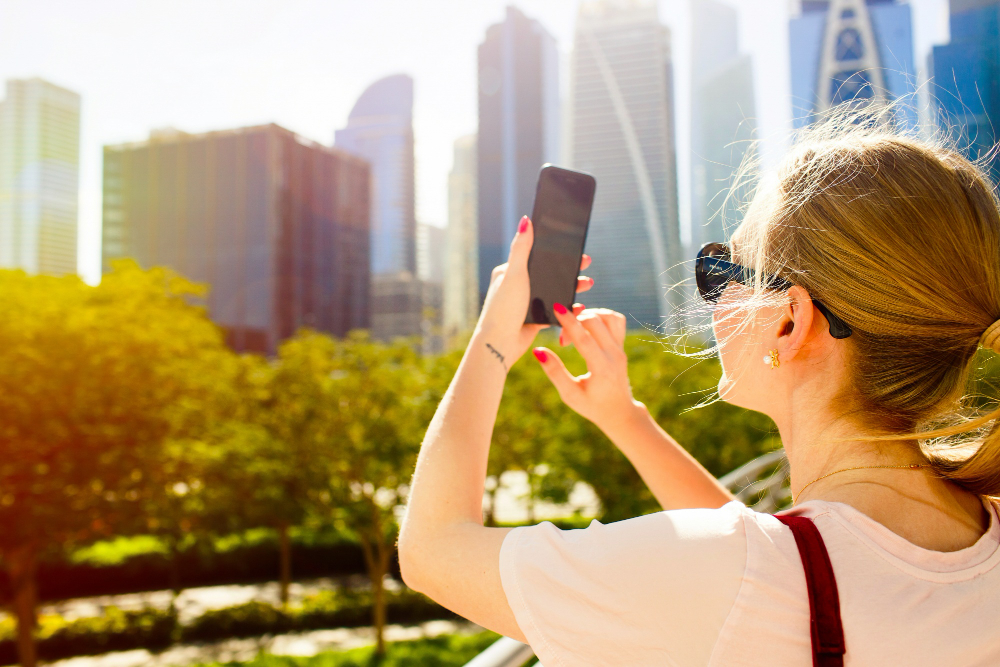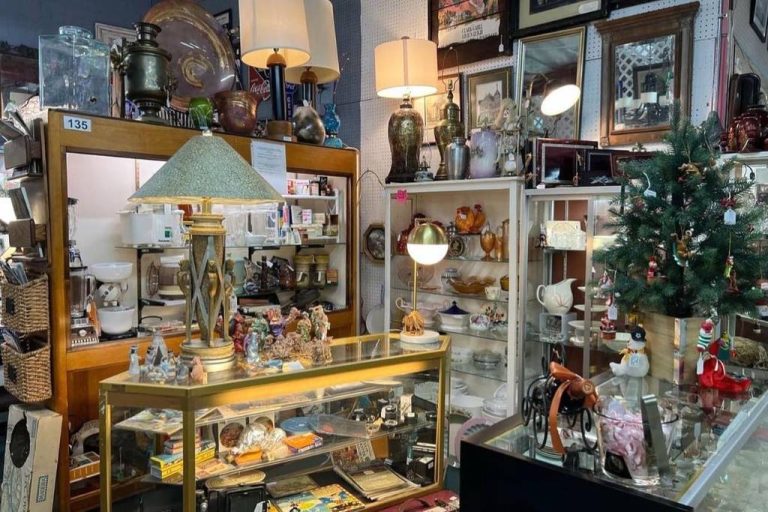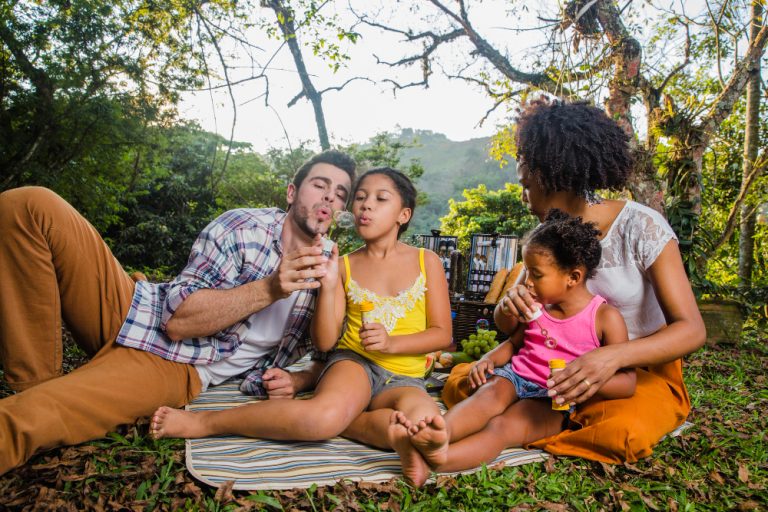Brisbane, the sun-drenched capital of Queensland, Australia, Australia Brisbane is a vibrant destination known for its subtropical climate, rich culture, outdoor lifestyle, and friendly locals. Whether you’re exploring the South Bank, visiting the Lone Pine Koala Sanctuary, or enjoying the nightlife in Fortitude Valley, Brisbane offers a seamless mix of urban sophistication and natural beauty. To make the most of your adventure, here are 10 essential travel tips to ensure a smooth and memorable trip to Brisbane.
1. Understand the Weather: Pack for a Subtropical Climate
Brisbane enjoys a subtropical climate, meaning hot, humid summers (December to February) and mild, dry winters (June to August). If you’re visiting in summer, pack lightweight clothing, sunscreen, sunglasses, and a hat. Don’t forget insect repellent for the evenings. In winter, a light jacket is usually sufficient for cooler nights.
Bonus Tip:
Check the UV index daily—it can be extreme, even on cloudy days. Sunscreen is a must year-round.
2. Get a Go Card for Easy Public Transport
Brisbane has a convenient and affordable public transport system managed by TransLink, which includes buses, trains, ferries (CityCat), and trams. The best way to pay for travel is with a Go Card, available at train stations, convenience stores, and online.
Why it matters:
Using a Go Card gives you discounted fares and makes getting around Brisbane seamless. Plus, it’s easy to top up online or at kiosks.
3. Stay in Central Locations for Convenience
Choosing accommodation in central areas like South Bank, the CBD, or Fortitude Valley ensures easy access to public transport, dining, and attractions. South Bank is perfect for families, while Fortitude Valley suits younger travellers seeking nightlife and live music.
Suggested Areas:
South Bank: River views, parks, museums.
CBD: Business and shopping hub.
West End: Artsy, bohemian vibe.
New Farm: Trendy cafes and scenic parks.
4. Explore the City on Foot or by Bike
Brisbane is incredibly walkable and offers numerous bike paths, especially along the Brisbane River. You can rent bikes via services like Neuron or Lime, or join a bike tour to see the city with a guide.
Highlight:
Try the Riverwalk, a scenic pathway that floats above the river and connects the CBD with New Farm.
5. Embrace Local Food and Coffee Culture
Brisbane’s food scene is eclectic and exciting. You’ll find everything from modern Australian cuisine to Asian fusion, Italian, and vegan delights. The coffee culture is strong—expect artisan blends, independent cafes, and expert baristas in every suburb.
Must-Try Dishes:
Moreton Bay Bugs (seafood delicacy)
Lamingtons (classic Aussie dessert)
Aussie brekkie (avocado toast, poached eggs)
6. Visit Free and Budget-Friendly Attractions
Brisbane offers a wealth of free activities that are perfect for travellers on a budget. Spend the day lounging on the man-made Streets Beach, take a free guided tour of City Hall, or explore the lush Brisbane Botanic Gardens at Mount Coot-tha.
Other Free Attractions:
Queensland Museum & Sciencentre
Gallery of Modern Art (GOMA)
South Bank Parklands
7. Plan a Day Trip Beyond the City
Brisbane’s location makes it a perfect base for day trips. Just an hour or two away, you can discover beautiful beaches, rainforest trails, or wildlife parks. Use a rental car or join an organized tour.
Top Day Trips:
Lone Pine Koala Sanctuary – Cuddle a koala and feed kangaroos.
Moreton Island – Snorkel around shipwrecks and go sandboarding.
Gold Coast – Famous for beaches and theme parks.
Sunshine Coast – Relaxed beaches and hinterland villages.
8. Respect Local Culture and Indigenous Heritage
Brisbane sits on the traditional lands of the Turrbal and Yugara peoples. Respect for Aboriginal and Torres Strait Islander cultures is important in Australia. Many tours and exhibitions include Indigenous perspectives—don’t miss the opportunity to learn.
Tip:
Check out Aboriginal cultural walking tours or visit the Queensland Museum to deepen your understanding of local history.
9. Stay Safe and Be Prepared
Brisbane is a relatively safe city, but basic precautions are always a good idea. Stay aware of your belongings in crowded places and avoid isolated areas at night. Australia also has unique health risks, such as strong sun exposure and jellyfish in coastal waters during summer.
Emergency Info:
Emergency number: 000
Medical help: Bulk-billed clinics (some accept travel insurance)
Heat safety: Stay hydrated, avoid midday sun
10. Use Wi-Fi and Data Wisely
Free Wi-Fi is available in Brisbane’s CBD, South Bank, and some public transport. However, having mobile data can be a lifesaver for navigation and translations. Consider buying a local SIM card from providers like Telstra, Optus, or Vodafone.
Data Tip:
Buy prepaid SIM cards at the airport or major convenience stores. Some travel SIMs also include international call minutes.
Conclusion: Make Brisbane Your Laid-Back Australian Adventure
Whether you’re watching the sunset over the Brisbane River or taking a ferry to Moreton Bay, your Brisbane adventure will be smooth and enjoyable with a bit of planning. The city offers a welcoming vibe, efficient infrastructure, and plenty of opportunities to immerse yourself in Australian culture and nature. By following these 10 essential travel tips, you’ll be able to explore Brisbane with confidence and ease, making the most of your time in this sunny urban paradise.
FAQs About Travelling to Brisbane, Australia
1. What’s the best time of year to visit Brisbane?
The best time to visit Brisbane is during spring (September to November) and autumn (March to May). The weather is mild, events are plentiful, and crowds are manageable.
2. Do I need a visa to visit Brisbane?
Yes, most international travellers will need a visitor visa or eVisitor visa to enter Australia. Check the Australian Government’s official immigration website to determine your eligibility and apply online.
3. Is Brisbane expensive for tourists?
Brisbane is more affordable than Sydney or Melbourne but can still be pricey. You can save money by using public transport, eating at local cafes, and taking advantage of free attractions like museums and outdoor parks.
4. What currency is used in Brisbane?
Australia uses the Australian Dollar (AUD). Credit cards and contactless payments are widely accepted. It’s useful to carry a small amount of cash for local markets or small vendors.
5. How many days should I spend in Brisbane?
A 3 to 5-day itinerary is ideal for exploring Brisbane’s top sights and a couple of day trips. Add more days if you want to explore surrounding areas like the Gold Coast or Fraser Island.
Also read : Hollywood Vintage Vendors Policy: What You Need to Know




Leave a Comment